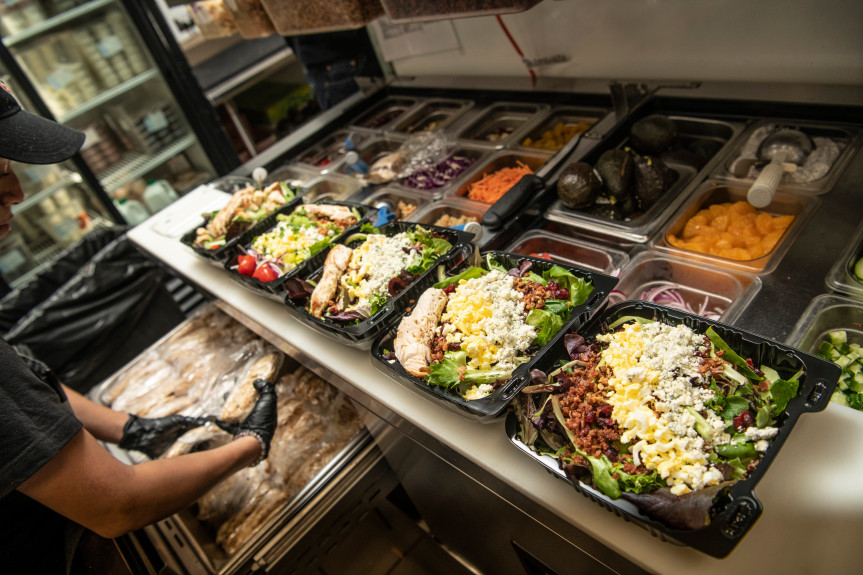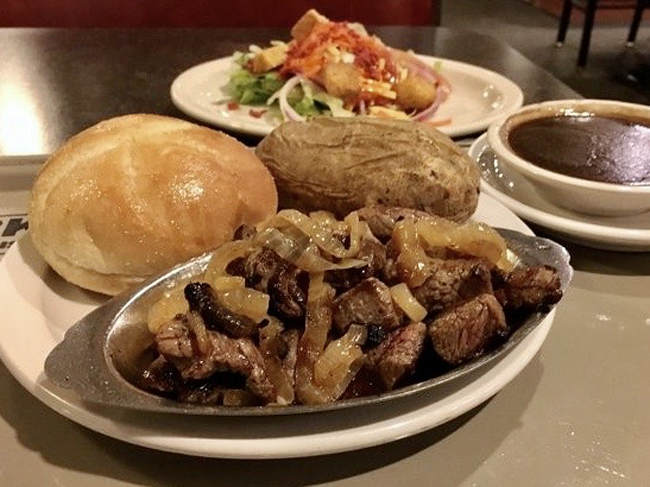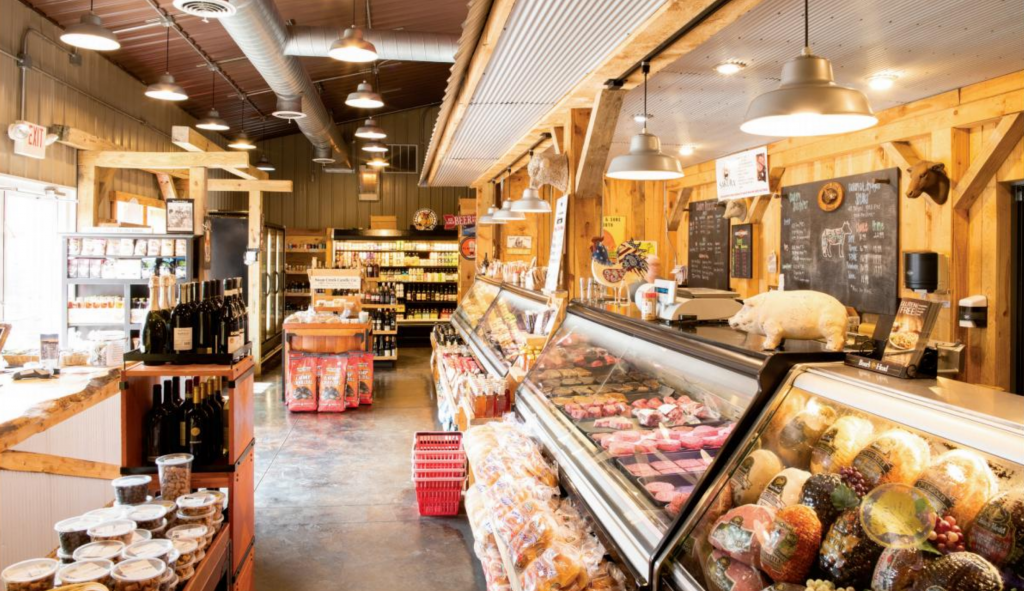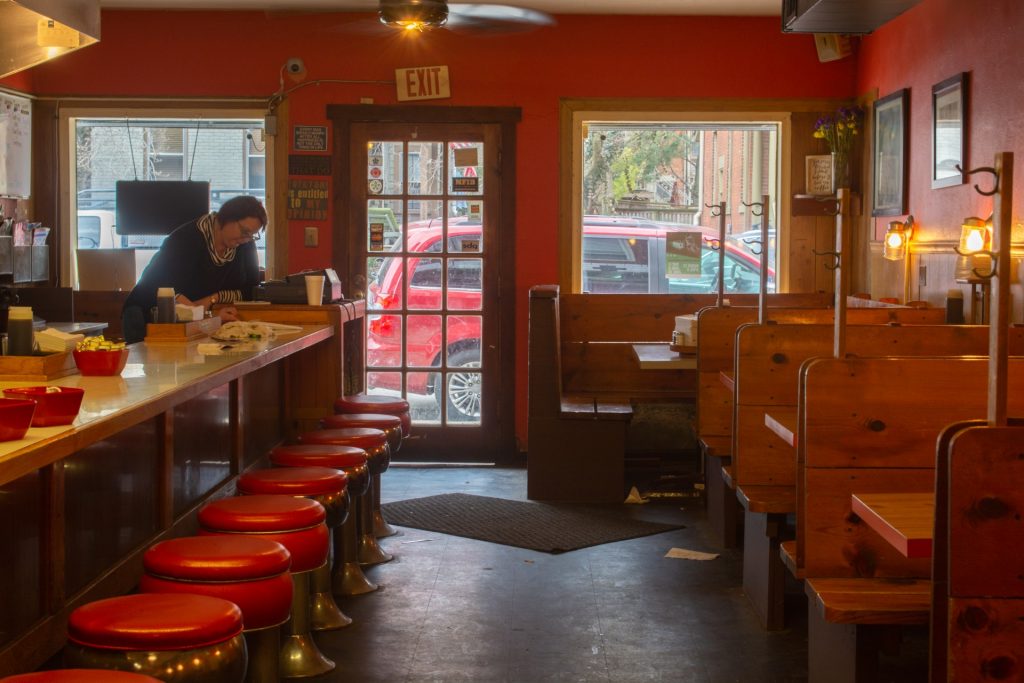Originally published in the October 2019 issue of (614) Magazine
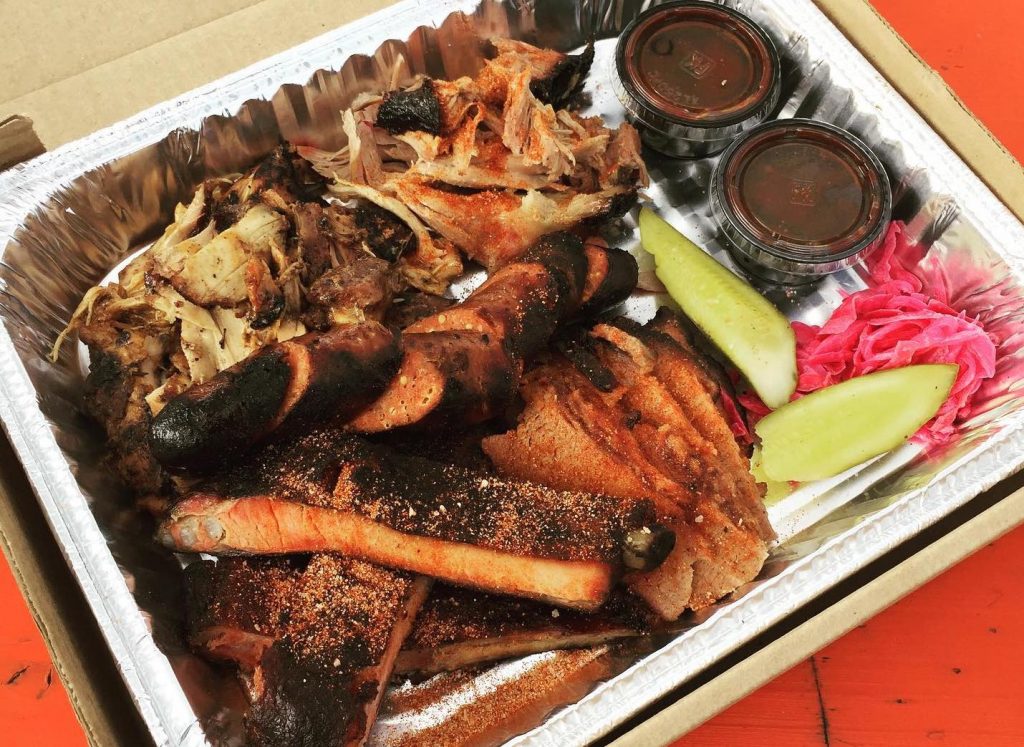
Columbus is used to letting folks know what we think, particularly when it comes to what we eat. Increasingly rare are restaurants that don’t first test new recipes and menus here before rolling them out across the country.
Our enviable intersection of demographics and popular culture take on additional significance every four years when the race for the White House heats up and inevitably stops in Central Ohio. Our state remains a reliable political bellwether of who is most likely to become the next president, or stay so. No republican has ever won without Ohio, starting with Abraham Lincoln. And we’ve only been wrong once since before WWII, picking Nixon over Kennedy. (No one’s perfect.)
But the race arrived a little earlier this time, with a dozen entourages and enumerable news crews all angling for a breakout moment. The Democratic Party Primary Debate in Westerville at Otterbein University wasn’t scheduled there because they have a big auditorium and ample parking. Every campaign knows Ohio doesn’t just predict the next president. It sometimes decides it.
So it would be a shame for all of these candidates and a growing gaggle of political pundits to come all this way and miss out on a great meal with the everyday denizens who are in all likelihood going to determine the direction of the country for the next four years.
Here’s a short list of suggestions for presidential hopefuls who might like to grab a memorable bite, shake some hands, sincerely listen, and maybe even seal the deal.
Tommy’s Diner | 914 W Broad Street
This Westside, working-class breakfast and lunch counter has no shortage of options or opinions. Elected officials are as easy to find here as fried eggs. Even the New York Times sent a reporter in camp out in a booth all day in 2016 to take the temperature of voter frustration from across the political spectrum. If you want to impress the regulars, order the Big Breakfast—over-easy, pick your pig, and ask for a waffle instead of hotcakes or French Toast. Cut back on the extra carbs by sharing your home fries with your handler.
Ray Ray’s Hot Pit | 2619 N High Street
Nationally known and proudly homegrown, this smoldering standard in the Old North neighborhood attracts even the academics with its gritty authenticity. There are few metaphors for democracy more fitting than standing in line talking politics at a food truck waiting for smoked meat off the bone or on a bun. Can’t decide? Try everything with a Meatsweats box of brisket, pulled pork, jerk chicken, dry rubbed ribs, and a hot link. Wash it all down with a cold Cheerwine. It might score you some poll points in the Carolinas.
Dulce Vida Ice Cream Factory | 2400 Home Acre Drive
Legit Mexican frozen confections have been a hit with more than local Latinos since their second location opened in Westerville. It’s a gathering place for families with origins around the globe drawn together by something sweet, a language everyone speaks with ease. Don’t be the candidate who orders plain old chocolate for fear of offending some key constituency. Go bold with Blackberry and Cheese or Goat Milk Caramel. And if it’s been a trying day on the campaign trail, add a scoop of Almond Tequila. We won’t judge
Momo Ghar | 1265 Morse Road
The original hotspot for Himalayan home cooking, nothing quite beats the seasonal chill like a big bowl of delicate dumplings, secretly served at your local international grocery. The Northeast side of the city’s growing immigrant community spans several continents, with recent arrivals from Asia, Africa, and the Middle East joining generations who preceded them. Petite pockets of chicken and pork are outstanding, swimming in a small sea of spicy sauce. But vegetable dumplings and gluten-free lentil cakes could inspire some crossover appeal
Stauf’s Coffee Roasters | 1334 Neil Avenue
Anchored in Grandview for 30 years, Stauf’s latest location in a recently renovated church just south of Ohio State’s campus is both a departure for the brand and a reminder of why they’ve stayed ahead of the corporate coffee curve. Millennials could be the largest voting bloc in 2020, so their support is essential and concerns impossible to ignore. Don’t risk a social media fiasco by botching the order of a convoluted caffeinated concoction. No need to be a hero here. Just get a large regular in a mug—black. Done.
The third Democratic Party Primary Debate, hosted by CNN and the New York Times, will air live at 8PM from Otterbein University in Westerville, Ohio


